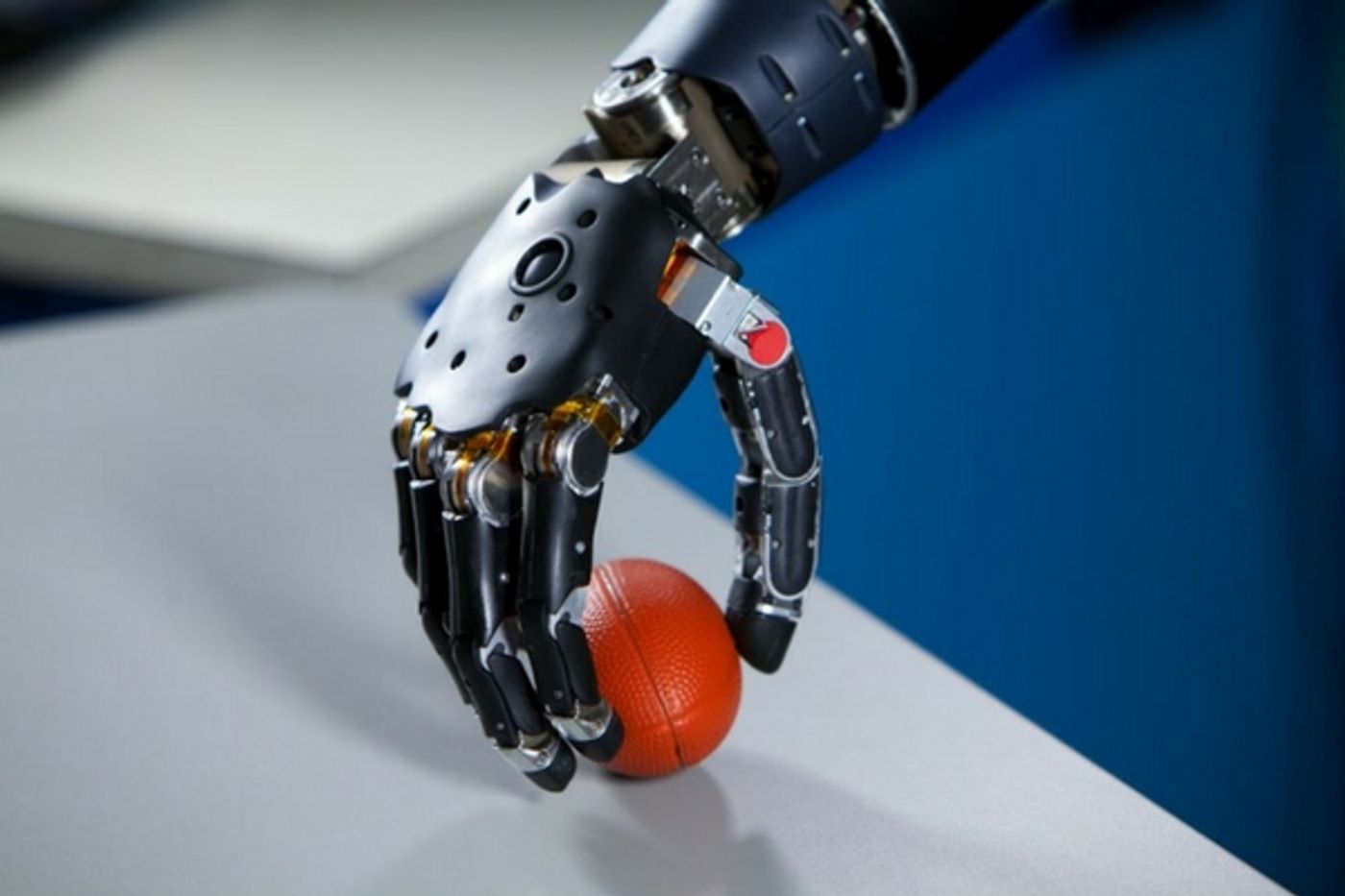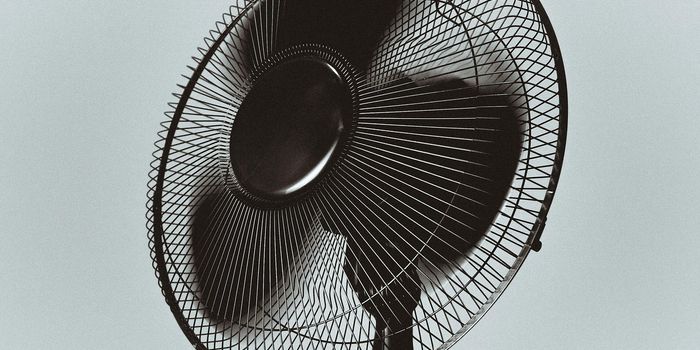While the technology of prosthetic limbs is advancing every day, there are still some things an artificial limb cannot do. One of them is feeling the texture of different objects and knowing how much pressure to apply when picking something up. Picking up a baseball takes a different grip than picking up an egg does and this is something that patients who have artificial hands or arms struggle with.

Texture and the ability to adjust the strength of one’s grip are handled over a series of nerves in the hand and arm that translate the details to the brain. The brain starts the process by sending signals to the arm and hand when the decision is made to pick up an object. So it’s a complex combination of messages to and from the brain, along a network of nerves. When a person has a prosthesis, this communication can be compromised. New research from Case Western Reserve University and the Louis Stokes Cleveland Veterans Affairs Medical Center might be the beginning of a treatment process that could help amputees get back this important ability.
Dustin Tyler, an associate professor of biomedical engineering at CWRU and director of the research said, “The sense of touch is one of the ways we interact with objects around us. Our goal is not just to restore function, but to build a reconnection to the world. This is long-lasting, chronic restoration of sensation over multiple points across the hand. The work reactivates areas of the brain that produce the sense of touch. When the hand is lost, the inputs that switched on these areas were lost.”
The process is different from other research and while it’s limited only to the lab at this time, the results so far are promising. The nerves in the arm that relay signals to the brain are stimulated electronically by surgically implanted “cuffs” which have contact points on the relevant nerve bundles in the arm. Electrodes are commonly used for this kind of stimulation, but at Case Western, the implanted cuff is their innovation to the technology. Two patients, both of whom lost a hand and a good portion of their forearm, had the cuffs implanted. One of the men had 19 particular nerve points attached to the cuff, the other had 16 points. Each of these points allows the men to feel contact and adjust their grip in very specific ways.
An added benefit from the implanted cuffs was the lessening of “phantom” pain in the part of the arm and hand that had been lost. It’s common in amputees and while this technology was designed to enhance sensation and help improve grip, relieving this pain was a bonus.
The team at Case Western also developed sophisticated computer algorithms to decipher the signals that were being picked up by the cuff and sent along to the artificial hand and arm. There was a lot of fine tuning going on so that the sensations being created by the electronic signals could be as precise as possible. Both study participants also reported being able to handle objects better. While blindfolded, the men handled small fruit pieces such as grapes and cherries and reported that when the stimulation was on and sending signals, there was much less crushed fruit and sticky juice to clean up.
The project is ongoing and researchers hope to expand the technology to artificial legs so that patients can feel ground surfaces and improve walking ability. It is funded by the U. S. Department of Veterans Affairs. Early results and details on how the technology works were published in the journal Science Translational Medicine on October 8, 2016. Check out the video below to see it in action.
Sources:
Case Western Reserve University Cosmos Magazine Science Translational Medicine









